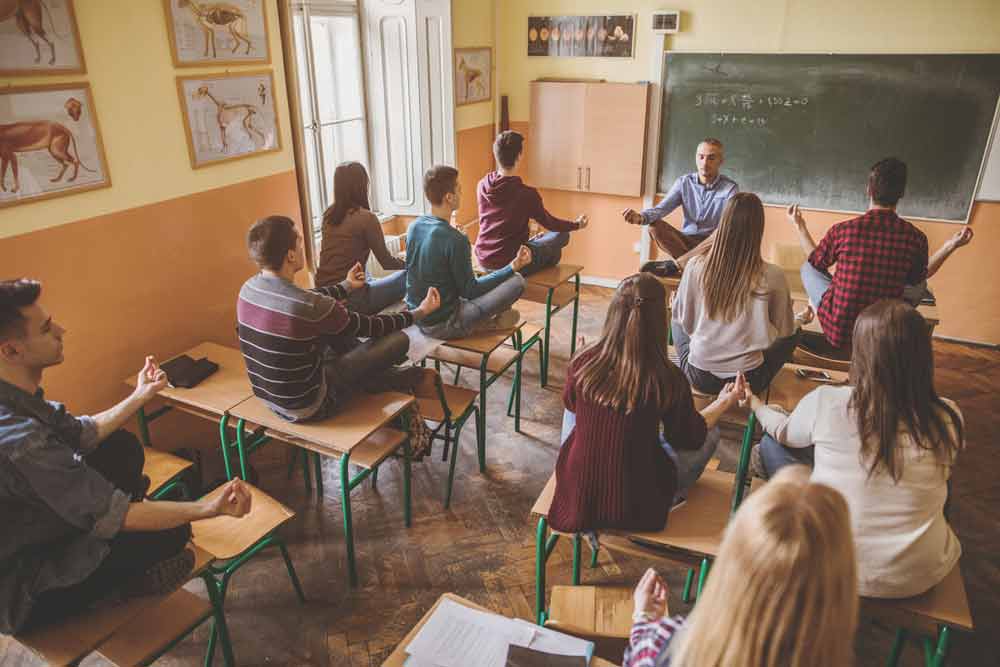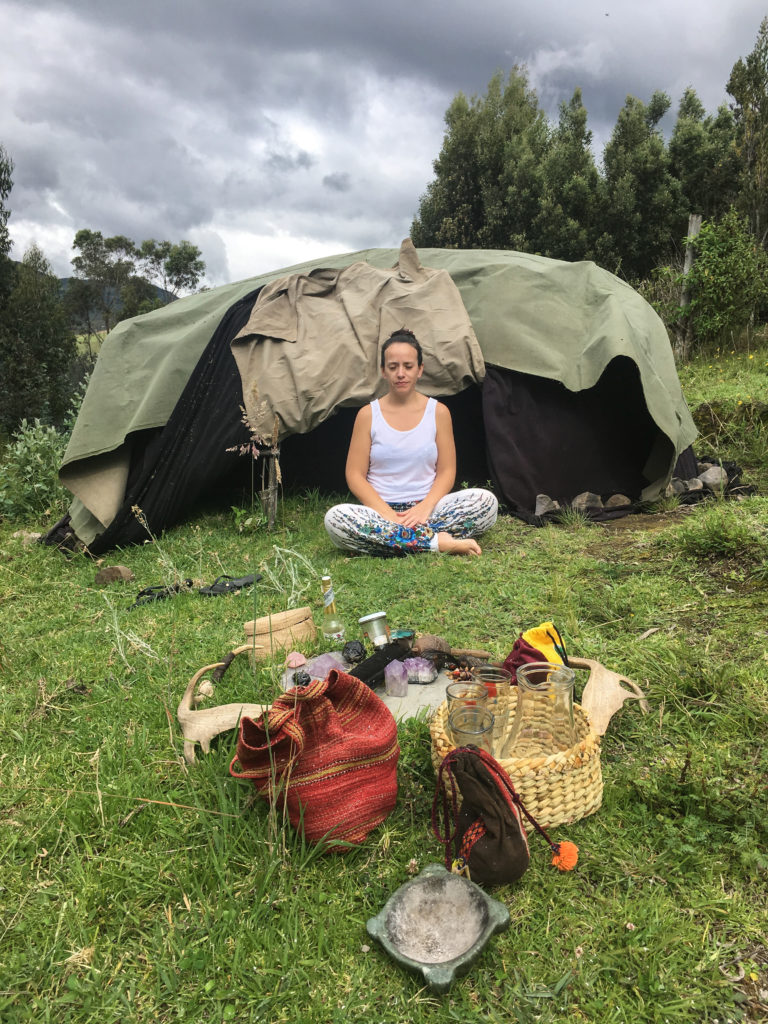I hope the break gave you time to rest, reorient, and take care of yourselves and your families.
Before we launch back into the course, if you haven’t already, take a moment to read the previous announcement regarding the mid-semester updated syllabus. It includes information about our revised reading schedule, adjustments to course assignments, and other important announcements about the semester moving forward.
And a few further updates:
Group Discussions
Grades for the group discussion are up to date. I did not have time to give individual feedback on each student’s participation, but if you have questions about how you could improve your grade moving forward, please email me.
Also a note on understanding the point value on discussion grades: our mid-semester feedback grade may feel low (say if you got 60/70), but points were given based on what your overall score would be. Therefore, if you’ve participated in the first three group discussions but have a bit of room for improvement, your total score would be 90/100 (30/30 for individual group discussions, 60/70 for mid-semester feedback). Again, email me directly if you need further clarification.
Group Discussion #5 is due Sunday, April 12th and will cover the topics of Mindfulness Meditation and Ayurveda.
Reflection Journals
Reflection Journals (for ⅔ of the semester) have been graded. Check your iCollege email for detailed feedback and tips for how to improve your grade moving forward.
There are four more reflection journal posts due between now and the end of the semester. They will continue to be due on Sundays, but you are welcome to post your reflections in advance if you read ahead.
If you’d like to make-up for a previously missed reflection, I encourage you to write an additional reflection about the connections you see to the COVID-19 pandemic and topics that we’ve covered in this course. A few potential reflection topics:

-
- how complementary and alternative medicine practitioners are approaching wellness during this period,
- the concept of “legitimacy” when it comes to CAM practices and COVID-19 (which CAM providers consider themselves “essential” medical providers, and does biomedicine / government view their role differently),
- people selling alternative (and questionable, if not outright morally corrupt) “cures”,
- the role of Indigenous healers during this period,
- connections you’ve noticed between your personal experience of the pandemic and our course themes
Choice Projects
Your first (and now only) choice project is still due on Sunday, April 5th.
I haven’t had a chance to check up on the progress you may have posted over the break, but I will be working on that this week so make sure you’ve updated your project page to your most up-to-date draft. If you need immediate feedback, email me directly (and be sure to include the link to your page where I can see your project).
Remember that because I’ve reduced your workload to one project and extended the deadline multiple times, I expect excellent work. This is not a project that you can leave until the last minute, especially if you are integrating (new-to-you) technology.
While you’re working on your project, I suggest you take a look at the Project Progress tracking sheet and check out the work of other students tackling the same project-type. This can help you with inspiration (should you feel stuck or confused), but also gives you a community resource of people to reach out to should you run into technical difficulties.
Course Reflection Paper
In lieu of a second project, students will write a three page (750 word) paper exploring course themes, new perspectives gleaned, and general reflections from the course experience.
You can find details of the reflection assignment here (home page > course documents > course reflection paper).
The course reflection paper is due Sunday, May 3rd.
Reading Prompts:
Reading prompts will now be updated in advance and posted here (home page > reading schedule > reading prompts), should you choose to get ahead.
March 30 – April 5 // “Protestant” Buddhism and Mindfulness Meditation
In addition to touching on the above themes, this week’s readings focus specifically on the history of Buddhist meditation and mindfulness movements, as well as folk Buddhist healing traditions in the United States.

The first reading, “When Mindfulness is Therapy: Ethical Qualms, Historical Perspectives” discusses the historical contexts and cultural movements that influenced the development of mindfulness practices in the United States, including Eastern religious figures (DT Suzuki, Maharishi Mahesh Yogi, Thich Nhat Hanh), the role of psychoanalysis and eventual medicalization of the practices (Relaxation Response and Mindfulness-Based Stress Reduction), and the critiques that arise when religious practices become decontextualized, (over)simplified, and reappropriated for a secular marketplace.

It is critical reading for understanding how a religious practice typically associated with non-dualist Buddhist and Hindu traditions (Japanese Zen, Tibetan Buddhist Dzogchen, and Theravada Vipassana), transitioned to a therapeutic medicalized practice, and finally to a pop-culture consumer commodity that touts benefits ranging from calmer, more engaged students, more efficiency in the corporate work setting, and even better sex.

The second reading, “Complementary and Alternative Medicine in America’s New Buddhisms”, echoes points similar to those raised in the readings on TCM. In highlighting the disparate Buddhist communities in America (ethnic / culture Buddhists and convert Buddhists), Numrich discusses how each community approaches Buddhist CAM practices and folk medicine, including herbalism, spiritual / ancestral healing practices, and meditation. In highlighting each communities’ approach and understanding of each Buddhist healing practice, Numrich illustrates the divergent trajectories of their use of CAM, as well points where they overlap – and why.
“When Mindfulness is Therapy: Ethical Qualms, Historical Perspectives”, Anne Harrington and John D. Dunne, American Psychologist (iCollege)
- What is mindfulness?
- Who is DT Suzuki, and what was his role in bringing Buddhist meditation to the US?
- What was Suzuki’s view on the medicalization of Zen meditation?
- How did Suzuki’s experience within the United States effect the language in which he presented Zen?
- Who is Maharishi Mahesh Yogi, and what was his role in the development of how meditation is practiced in the 1960s?
- What is Transcendental Meditation? What benefits did it tout?
- What is the Relaxation Response? How was it discovered?
- Who is Jon Kabat-Zinn? What was his background and why was it important in his approach to meditation in a clinical setting?
- What is Mindfulness Based Stress Reduction, and what Buddhist practices does it pull from?
- To whom did Kabat-Zinn want to tailor his clinical practices to? Why?
- What was the effect of Thich Nat Hanh’s endorsement of Kabat-Zinn’s book?
- What are some of the criticisms of MBSR, reformist Zen and other non-dualist approaches to meditation?
“Complementary and Alternative Medicine in America’s New Buddhisms” (342-358), Paul David Numrich, Religion and Healing in America (iCollege)
- What types of American Buddhists does Numrich identify? How did the various communities within this overarching framework develop historically?
- What are some of the CAM modalities discussed in relation to American Buddhism?
- What are some of the distinguishing characteristics of each? How does each community relate to CAM modalities?
- How do generational dynamics and acculturation affect the use of Buddhist folk healing?
- How do the types of American Buddhists relate to each other?
- What are the communities’ trajectories overall? In relation to folk medicine / herbalism? To meditation?
Vocabulary
- Mindfulness
- Zen Buddhism
- Transcendental Meditation
- Relaxation Response
- MBSR
- Non-dual Buddhism
- Vipassana meditation
- Mahamudra
- Dzogchen
- Engaged Buddhism
- Therapeutic mindfulness
- Culture Buddhist
- Convert Buddhist










 In this week’s readings, we’re finally starting to get into the some of the more
In this week’s readings, we’re finally starting to get into the some of the more